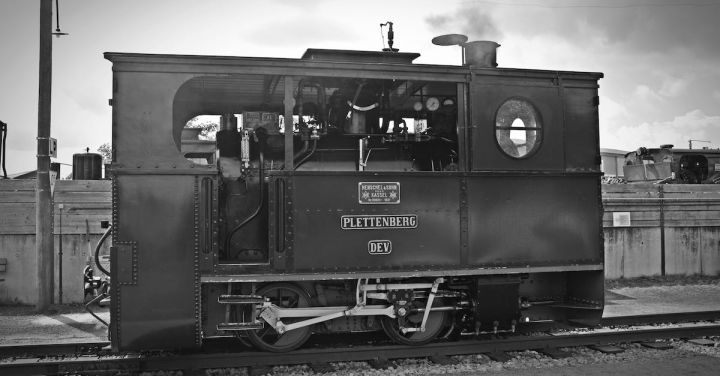In the early 19th century, a remarkable invention changed the course of history forever. The steam locomotive, with its towering presence and thunderous roar, brought about a transportation revolution that transformed the world. These iron giants chugged their way across vast landscapes, connecting cities and people like never before. Today, we take a journey back in time to explore the captivating tales of the first trains.
The birth of the steam locomotive can be traced back to George Stephenson, a visionary engineer from England. In 1814, he built the world’s first successful steam locomotive, aptly named the “Blücher.” This remarkable machine became the prototype for a new era of transportation. The Blücher’s success paved the way for the development of even more powerful locomotives, which would soon crisscross the globe.
One of the most iconic steam locomotives in history is the “Rocket.” Designed by George Stephenson and his son Robert, the Rocket was a technological marvel of its time. In 1829, it won the Rainhill Trials, a competition to determine the best locomotive design. With its unique features such as a multi-tubular boiler and a blast pipe, the Rocket set the standard for future locomotives.
As the steam locomotive gained popularity, railway lines began to spread across continents, bringing distant lands closer together. The “Orient Express,” a legendary train that connected Paris to Istanbul, captured the imagination of travelers with its luxurious carriages and exotic destinations. The steam locomotive became a symbol of adventure and possibility, transporting passengers to far-off places with speed and comfort.
In the United States, the development of steam locomotives played a crucial role in the expansion of the nation. The “Big Boy” locomotive, with its immense size and power, became an icon of American engineering. These behemoths could haul heavy loads over long distances, enabling the growth of industries and the settlement of the West. The sight of a Big Boy thundering through the American countryside is etched in the collective memory of a nation.
Steam locomotives also played a vital role during times of war. In World War II, they were used to transport troops, supplies, and weaponry. The “Flying Scotsman,” a famous British locomotive, was even used to transport Winston Churchill during his wartime travels. The steam locomotive became a symbol of resilience and determination in the face of adversity.
Despite their awe-inspiring legacy, steam locomotives eventually gave way to diesel and electric engines. The era of steam came to an end, but the stories and memories of these magnificent machines live on. Today, preserved steam locomotives can still be found in museums and heritage railways, allowing us to relive the golden age of train travel.
Stepping inside a steam locomotive is like entering a time capsule. The smell of coal, the hiss of steam, and the rhythmic chugging of the wheels transport us to a bygone era. The craftsmanship and engineering prowess of these machines are a testament to human ingenuity and determination.
As we reflect on the tales of the first trains, we are reminded of the power of innovation and the impact it can have on society. The steam locomotive was not just a means of transportation; it was a symbol of progress and human achievement. It connected people, bridged divides, and opened up new possibilities.
So the next time you hear the distant whistle of a train, take a moment to appreciate the legacy of the steam locomotive. Remember the pioneers who dared to dream and the engineers who turned those dreams into reality. The tales of the first trains continue to inspire us, reminding us of the power of imagination and the wonders that can be achieved when we push the boundaries of what is possible.
